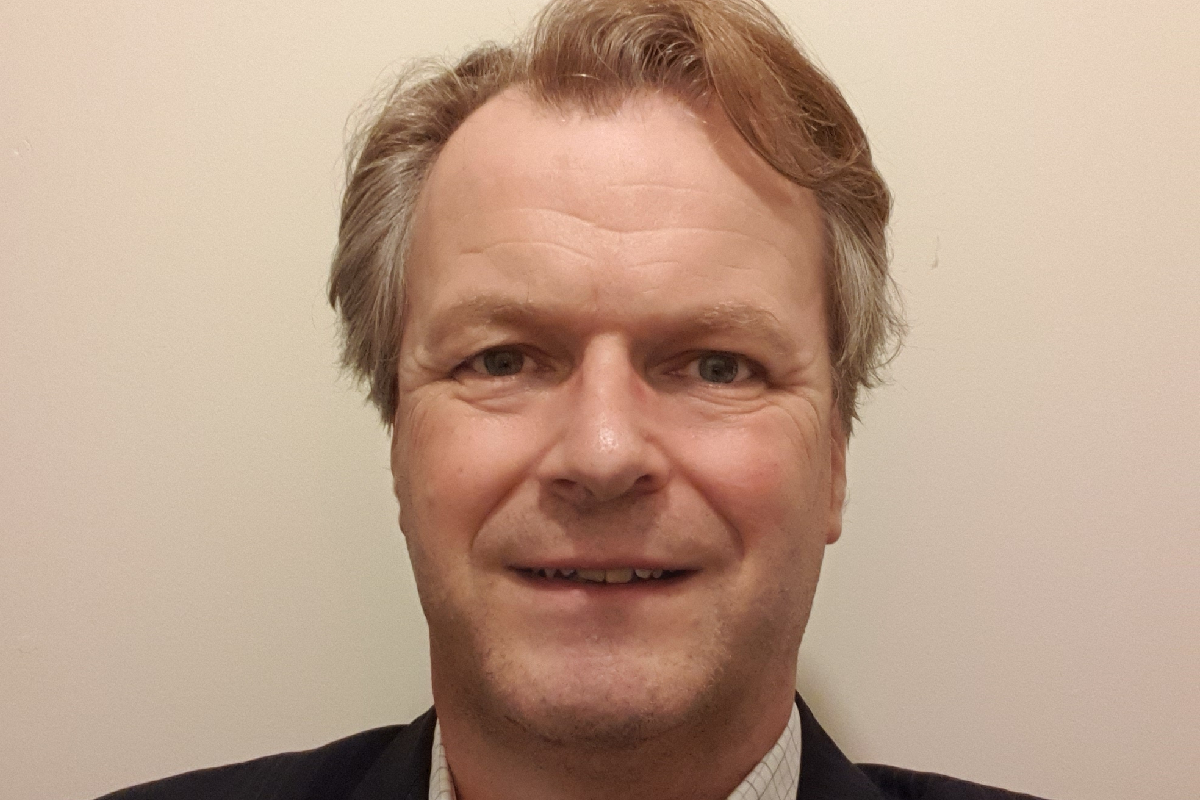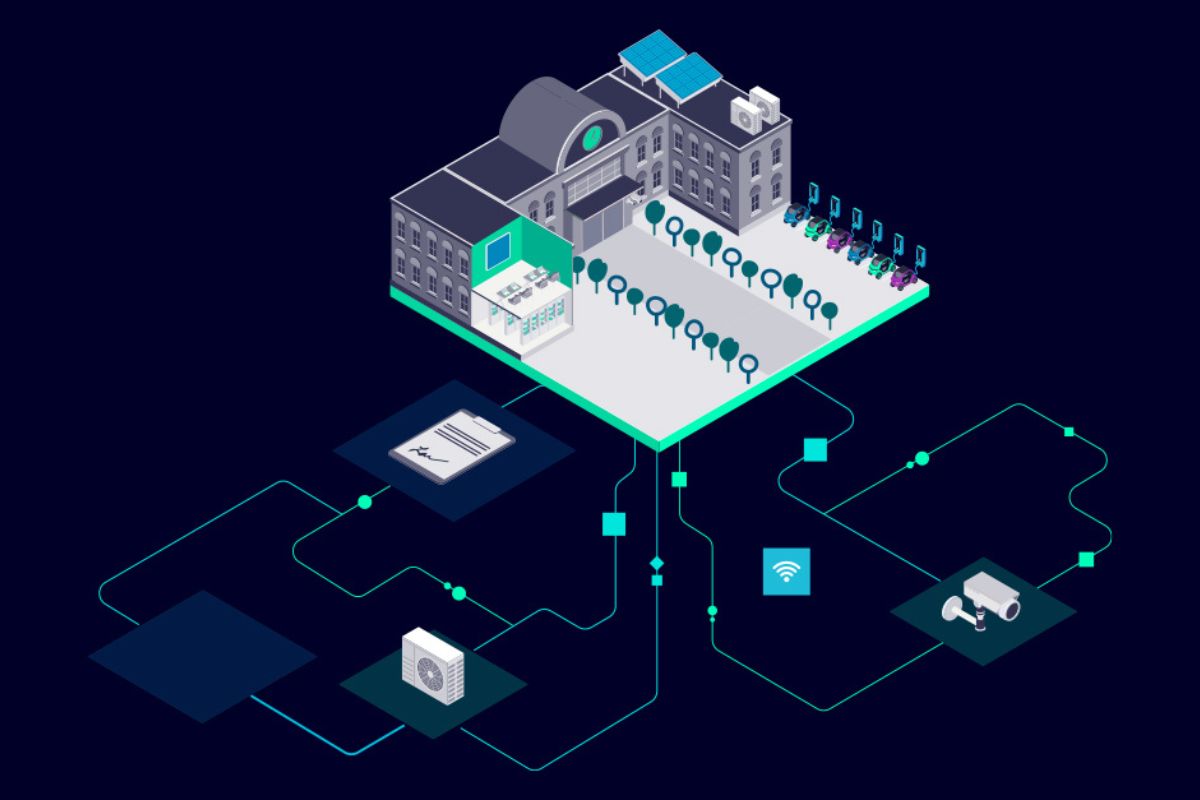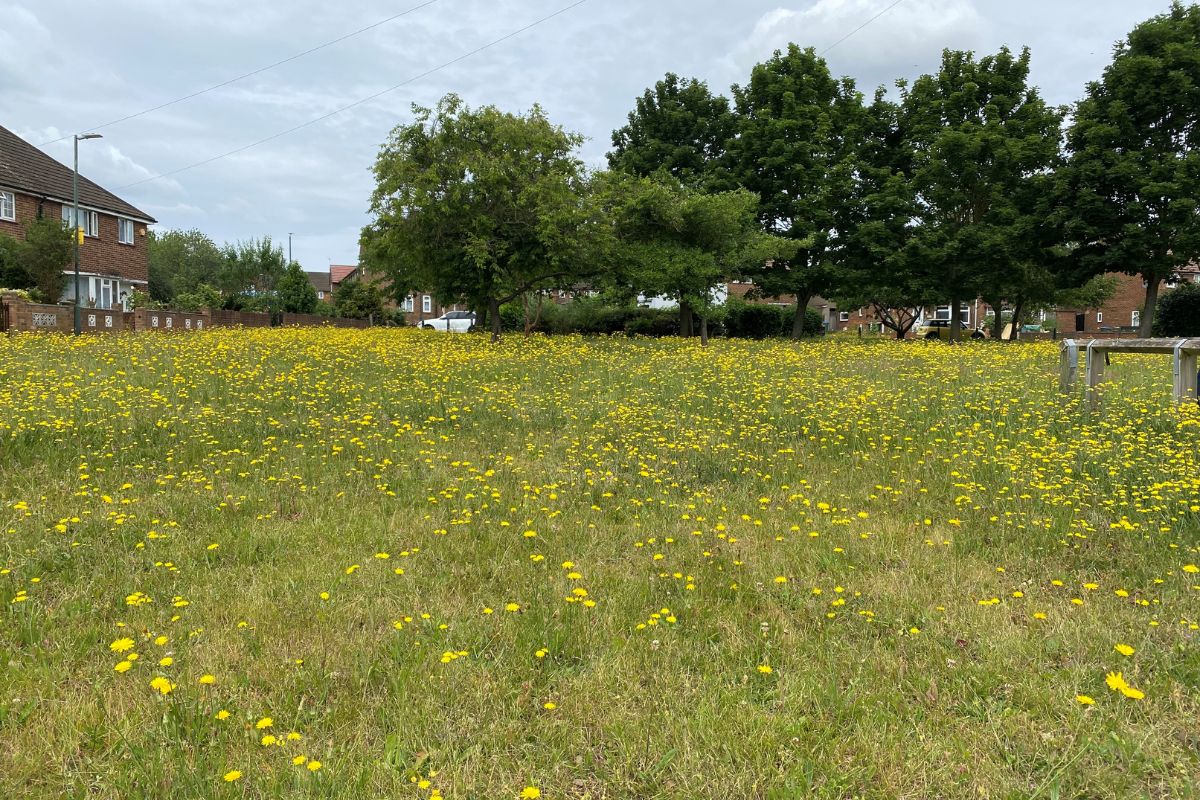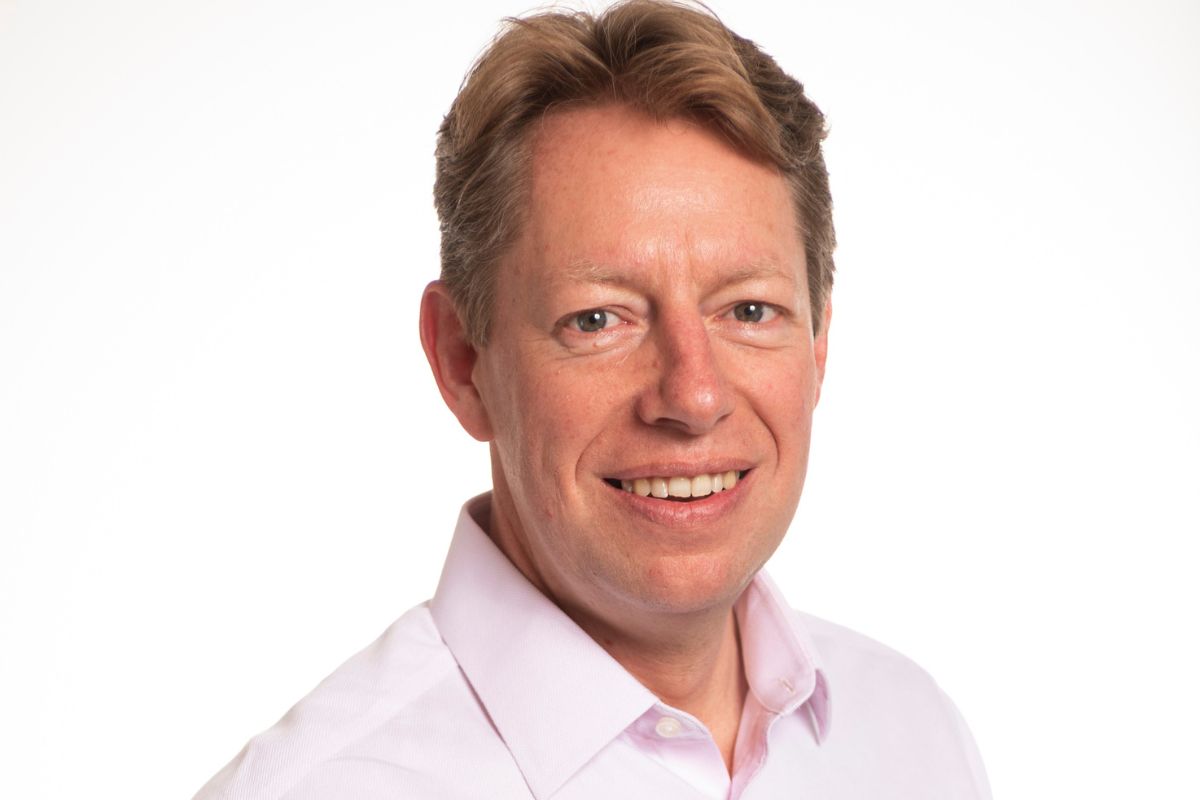Looking further ahead on the road of sustainable energy storage
The driving enthusiasts among you will know that many Formula One, rally drivers and advanced driving instructors recommend looking further ahead in the road to improve performance and risk assessment. This is a particularly useful analogy when looking at the legacy of electric cars and considering whether we are looking far enough down the road in terms of the future energy market.
The driving enthusiasts among you will know that many Formula One, rally drivers and advanced driving instructors recommend looking further ahead in the road to improve performance and risk assessment. This is a particularly useful analogy when looking at the legacy of electric cars and considering whether we are looking far enough down the road in terms of the future energy market.
Certainly, this middle- and long-distance gaze into the future of sustainable energy is a central focus for EV developer Elon Musk, of TESLA. “We must at some point achieve a sustainable energy economy or we will run out of fossil fuels to burn and civilization will collapse,” said Musk in the Tesla Master Plan, Part Deux, back in 2016.
“Given that we must get off fossil fuels anyway and that virtually all scientists agree that dramatically increasing atmospheric and oceanic carbon levels is insane, the faster we achieve sustainability, the better.
“[We plan to] integrate energy generation and storage; a smoothly integrated and beautiful solar-roof-with-battery product […] empowering the individual as their own utility, and then scale that throughout the world.”
What Musk is talking about here, is the idea of microgrids. Microgrids are a distributed energy model, tying together micro generation with micro storage. When this is established repeatedly in a local network, it forms a local microgrid.
The question we now have is whether government thinking is tracking the same line as Musk to go beyond electric cars and far enough into the future to see the potential of virtual power plants (VPPs) and microgrids.
We need to look much further down the road to meet demand for clean energy – especially now that government has pledged to move away from traditional fuel sources by defined dates. Envisaging distributed energy and microgrids, rather than focussing on only the electric vehicle pledges which come before them would help achieve the smart and just transition the country needs.
Electric batteries present huge opportunities to create low carbon, localised energy systems, with two-way energy traffic. Microgrid units allow users to collect energy throughout the day, for trading and/or use at profitable times. For example, building battery charge during the middle of the day for use between 4-7pm, when it is the most expensive time to take energy from the grid.
Equally, excess can be traded back onto the grid at a profit via energy-swapping, where the price differences and profits available at different times of the day/year can be enough to justify the use of the microgrid. The concept works at both a domestic and regional/national grid level with multiple instances of medium and large size batteries working well to balance the grid supply and demand - and giving local resilience against larger energy supply fluctuations.
The Johan Cruijff ArenA is an excellent example of a microgrid and is the largest European energy storage system using second-life and new electric vehicle batteries in a commercial building. The 3-megawatt storage system provides a reliable and efficient energy supply for the stadium, its visitors, neighbours and the Dutch energy grid, all within a circular economy for electric vehicle batteries.
“Thanks to this energy storage system, the stadium will be able to use its own sustainable energy more intelligently and, as Amsterdam Energy ArenA BV, it can trade in the batteries’ available storage capacity,” said Henk van Raan, Director of Innovation at the Johan Cruijff ArenA.
“The ArenA is assured of a considerable amount of power, even during an outage. As a result, the stadium will contribute to a stable Dutch energy grid. The Johan Cruijff ArenA is one of the most sustainable stadiums in the world and leads the way in introducing smart innovations like this unique energy storage system.”
But despite such successful demonstrations of the technology, many professional customers are reticent to commit to the costs of installation – unsure of the return on investment and protection against failure. So, for microgrid projects to really work on a large scale, which they would need to for governments to achieve green energy pledges, there must be two-way traffic of battery data at the same time.
Battery data is already a valuable commodity, and it will be even more important in a future where electric batteries are playing a significant part in our grid supply at a local or national level. With the battery data underpinning insurance and warranties, the uptake of this sustainable energy solution will be much higher, offering significant reassurance to consumers.
Feedback from end-users and our data analysis at Altelium also suggests that current second-life battery energy storage systems (BESSs) give better return on investment than first life BESSs. In this context, electric cars and the battery data we collect from them will be a defining factor in the UK’s success on reaching climate targets with clean energy storage.
However, it is worth mentioning here that the Public Accounts Committee (PAC) did issue a strong criticism of the government last month, on its approach to meeting net zero goals. With electricity that can move in all directions, unlike the very simple linear routes or vectors today, the need to set targets and taxes in a different way is obvious, especially to protect or give opportunities to the most vulnerable in our society.
By the time all cars are electric, there will be more BESSs around, including smaller domestic units such as the Tesla Powerwall. When people can create and or store their own electricity, they will either be able to have lower fuel bills or make money by selling their electricity to the grid. In this example, people who cannot afford to invest in solar or BESS, or who live in flats, won’t be able to do this, and will therefore be disadvantaged.
Additionally, EVs pay much less road tax - and no fuel tax on petrol or diesel - so the government must replace this revenue stream from somewhere else. Already the vehicle taxes are, in a sense, unfair, as only the wealthiest can currently afford to buy electric vehicles and take advantage of lower road tax and fuel costs.
With these issues in mind, it will be critical for the government to align the tax system fairly to environmental targets while fossil fuels are phased out, and new ways of raising tax will need to be found which consider this scenario of inequal access to renewable energy and storage sources.



